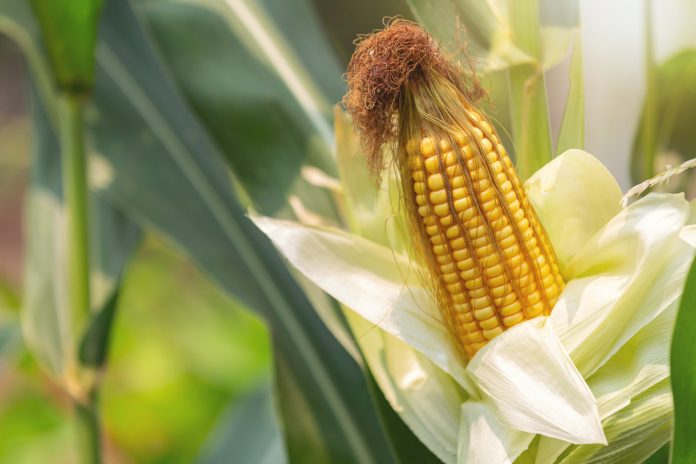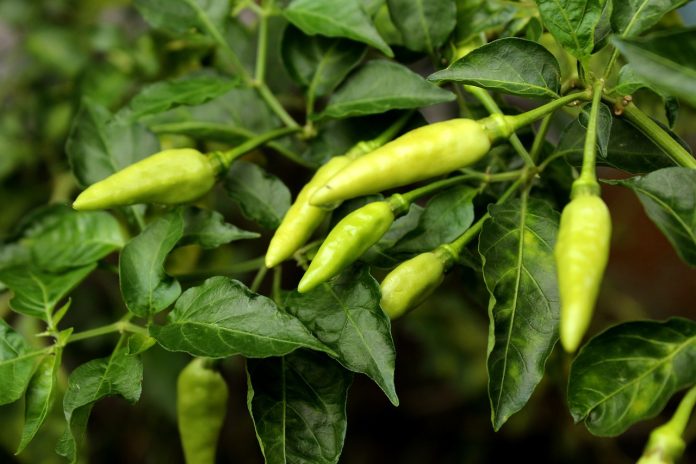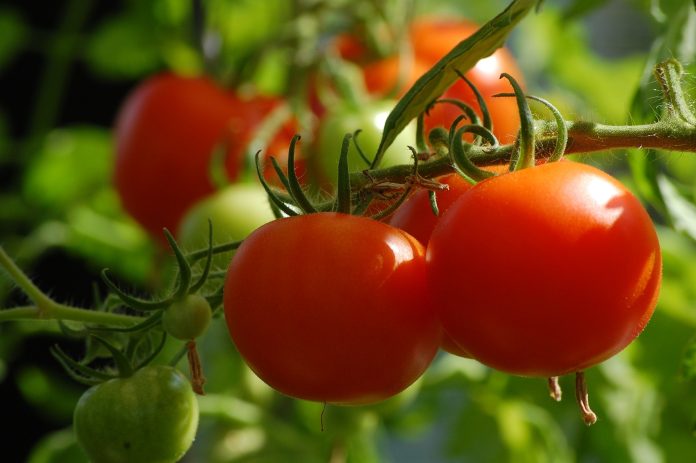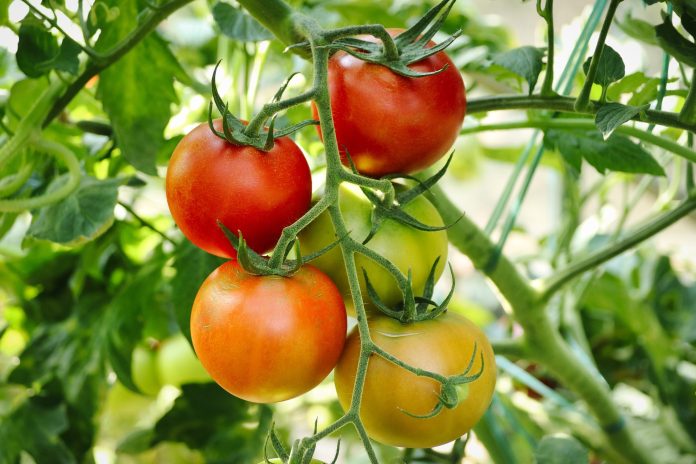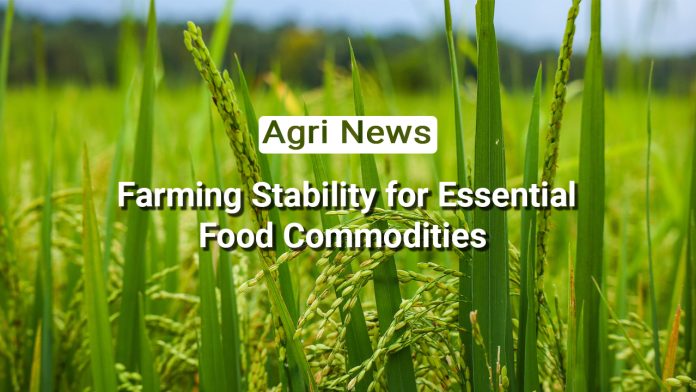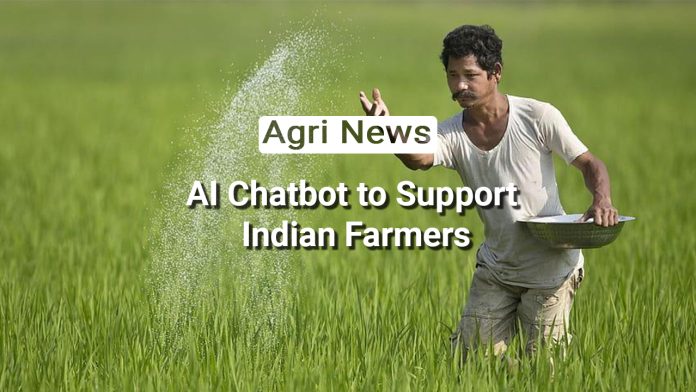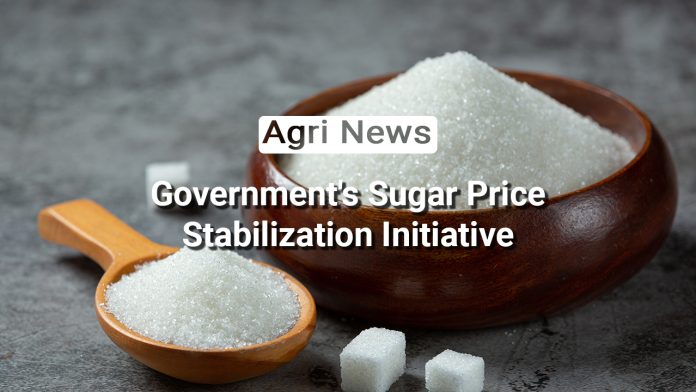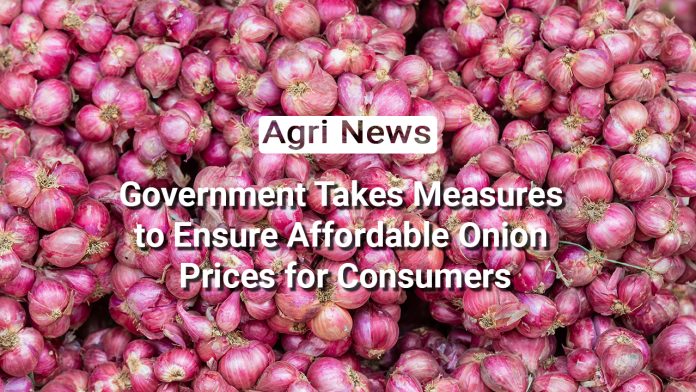As the world’s second most important cereal after rice, maize provides food for humans and animals. It is grown by about 19 million farmers worldwide. However, its production is threatened by various factors such as weeds, diseases, and pests. In the last ten years, pesticide use has risen sharply in Asia, especially in China, which consumes half of the world’s pesticides. This has resulted in pest resistance and new pest issues. Hence, there is a demand for eco-friendly and sustainable pest control methods that use bio-agents and bio-pesticides.
List of Pest:
- Fall Armyworm
- Stem Borer
- Aphid
- Shoot Fly
1. Fall armyworm:
Scientific name: : Spodoptera frugiperda
Most Affected Plant Part: Stem
Symptoms of Fall Armyworm:
- The adult moths lay eggs on the underside of lower leaves, covered with wool-like material.
- The young larvae feed on the leaves, causing transparent windowpane-like damage or scratch marks.
- The older larvae cause large ragged and elongated holes on the leaves, leading to a shredded appearance.
- The larvae also bore into the whorls, stems, tassels and ears, causing damage and frass.
- The affected plants show signs of wilting, stunting, yellowing and dead heart.
Control Measures (Biological)
Prophylactic
| Prophylactic | Dosage/ Lit. of water | Number of sprays | Spray intervals | Method of application |
| Xymo Ultra Spectrum + Zymo Max Spread | 1-2 ml +0.10 ml | 1-2 | 3 -5 weeks | Foliar spray |
Curative
| Curative | Dosage/ Lit. of water | Number of sprays | Spray intervals | Method of application |
| Xymo Bugtrol + Xymo Ultra Spectrum + Zymo Max Spread | 1.5 ml +1-2 ml +0.10 ml | 2 -3 | 5 -7 days | Foliar spray |
2. Stem borer:
Scientific name:Chilo partellus
Most Affected Plant Part: Stem
Symptoms of Stem Borer:
- The central shot dries out and becomes “dead heart.”
- Larvae feed on the internal tissues of the stem after excavating the midrib.
- Bore holes are visible near the nodes on the stem.
- The common “shot hole” symptom is caused by young larvae crawling on sensitive folded leaves and feeding on them.
- There may be internally tunneling caterpillars in affected stem portions.
Control Measures (Biological)
Prophylactic
| Prophylactic | Dosage/ Lit. of water | Number of sprays | Spray intervals | Method of application |
| Xymo Ultra Spectrum + Zymo Max Spread | 1-2 ml +0.10 ml | 1-2 | 3 -5 weeks | Foliar spray |
Curative
| Curative | Dosage/ Lit. of water | Number of sprays | Spray intervals | Method of application |
| Xymo Bugtrol + Xymo Ultra Spectrum + Zymo Max Spread | 1.5 ml +1-2 ml +0.10 ml | 2 -3 | 5 -7 days | Foliar spray |
3. Aphids:
Scientific name: Rhopalosiphum maidis
Most Affected Plant Part: Leaves
Symptoms of Aphids:
- Colonies of aphids are seen in the central leaf whorl, stems, or in panicles.
- The leaves show yellowish mottling and marginal necrosis.
- The aphids produce honeydew, a sticky substance that attracts ants and promotes the growth of sooty mold.
- The honeydew may hinder harvesting and reduce the quality of the grains.
- The aphids may also transmit viral diseases to the maize plants.
Control Measures (Biological)
Prophylactic
| Prophylactic | Dosage/ Lit. of water | Number of sprays | Spray intervals | Method of application |
| Xymo Bugtrol + Zymo Max Spread | 1.5 ml +0.10 ml | 1-2 | 3 -5 weeks | Foliar spray |
Curative
| Curative | Dosage/ Lit. of water | Number of sprays | Spray intervals | Method of application |
| Xymo Ultra Spectrum + Xymo Bugtrol + Zymo Max Spread | 1-2 ml +1-2 ml +0.10 ml | 2 -3 | 5 -7 days | Foliar spray |
4. Shoot fly:
Scientific name: Atherigona orientalis
Most Affected Plant Part: Central Shoot and Stem
Symptoms of Shoot fly:
- The adult flies lay eggs on the stems or near the base of the young seedlings.
- The larvae feed on the shoots and bore into the stem, causing the central shoot to wither and die. This is known as “dead heart”.
- The affected leaves turn yellowish-green and droop, and the seedlings become stunted.
- Small circular cuts are visible at the point of entrance of the larvae on the new shoots.
Control Measures (Biological)
Preventive / Prophylactic : Xymo Ultra Spectrum + Zymo Max Spread
Curative : Xymo Bugtrol + Xymo Ultra Spectrum + Zymo Max Spread ( 2 sprays )
Note : Each Spray at every 5 – 7 days interval
Prophylactic
| Prophylactic | Dosage/ Lit. of water | Number of sprays | Spray intervals | Method of application |
| Xymo Ultra Spectrum + Zymo Max Spread | 1-2 ml +0.10 ml | 1-2 | 3 -5 weeks | Foliar spray |
Curative
| Curative | Dosage/ Lit. of water | Number of sprays | Spray intervals | Method of application |
| Xymo Bugtrol + Xymo Ultra Spectrum + Zymo Max Spread | 1.5 ml +1-2 ml +0.10 ml | 2 -3 | 5 -7 days | Foliar spray |
Products:
Biopesticides are also beneficial for maize crops, as they can reduce the damage caused by various pests, such as stem borer, fall armyworm, Shoot fly and aphids. Biopesticides can also enhance the growth and yield of maize by improving the nutrient uptake and soil health. Here are some UAL organic biopesticides that can be used for maize crops.
1. Xymo Bugtrol: This is available in liquid formation. Product is a unique combination of Botanical extracts / Plant oils, Stabilizers & Excipients.
- Alkaloids present in it increase plant SAR (Systemic Acquired Resistance).
- This bio pesticide is recommended for all crops and mainly targets white flies which transmit the leaf curl virus disease.
- Xymo Bugtrol + Zymo Max Spread are sprayed immediately after seeing the incidence of the Aphids. If pest population is more then take another spray at an interval of 3-4 weeks
- Recommended dose is 1.5 ml/lit. If pest infestation is more then take a second spray at 5-7 days after first spray.
- Xymo Bugtrol + Xymo Ultra Spectrum + Zymo Max Spread are sprayed against all pests of maize as a curative approach, take another spray at an interval of 5-7 days if necessary.
- Xymo Ultra Spectrum: This is available in liquid formation, which is a combination of Botanical extracts / Plant oils, Stabilizers & Excipients.
- Plant extracts present in it increase plant SAR (Systemic Acquired Resistance). This bio pesticide is recommended for all crops against worms.
- It mainly targets the larval stage of insects. Paralyze the nervous system of insects and hampers movement/flying and feeding.
- Xymo Ultra Spectrum + Zymo Max Spread has to spray as a prophylactic control measure for the management of Fall armyworm, Stem borer and Shoot fly.
- Recommended dose of Xymo Ultra Spectrum is 1-2 ml/lit of water, repeat the biopesticide at an interval of 5-7 days when the infestation is severe.
- Zymo Max Spread: This is available in liquid form, which is helpful for uniform spreading of biopesticide on sprayed area and is a Non-ionic organosilicone & excipient.
- This can also be used for all crops. It breaks down the surface tension of water and increases the wetting and spreading of a spray solution.
- Xymo Max Spread can be used against all diseases/pests of the maize crop at the rate of 0.10 ml/lit.
Certification: UAL products are also certified by ECOCERT and OMRI, two of the most reputed and recognized certification agencies in the world. UAL manufactures and markets organic bio-solutions under the brand names ZYMO® and XYMO® series. UAL has two manufacturing facilities in India, which are ISO 9001:2015, ISO 14001:2015, ISO 45001:2018, and HACCP certified. ISO 14001:2015 is the international standard for environmental management systems, which ensures that UAL minimizes its environmental impact and improves its environmental performance.

